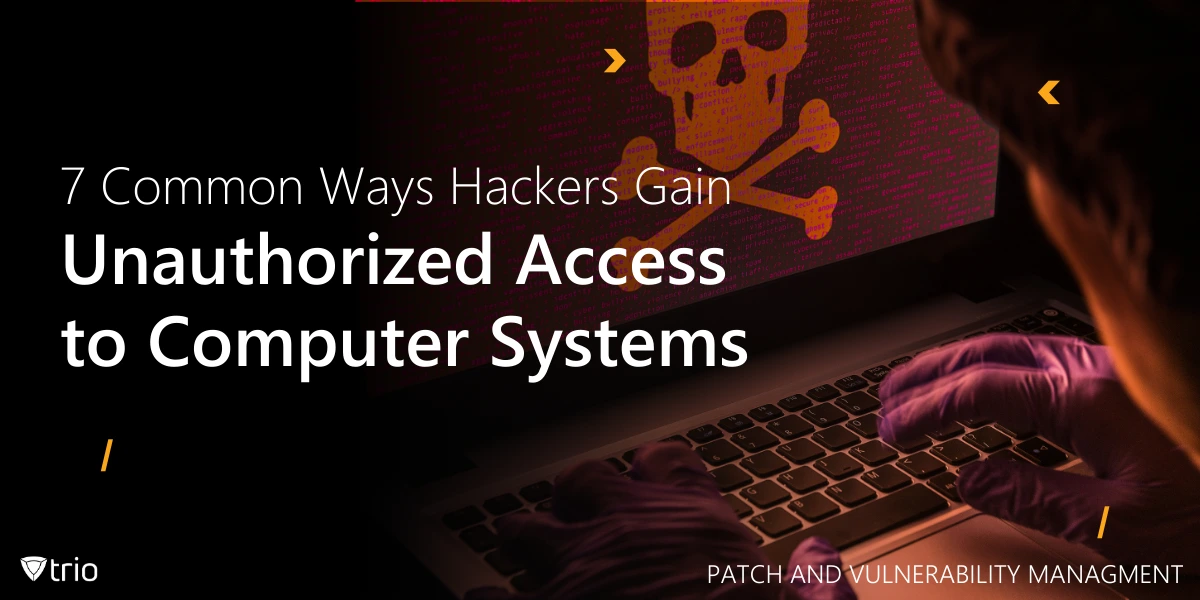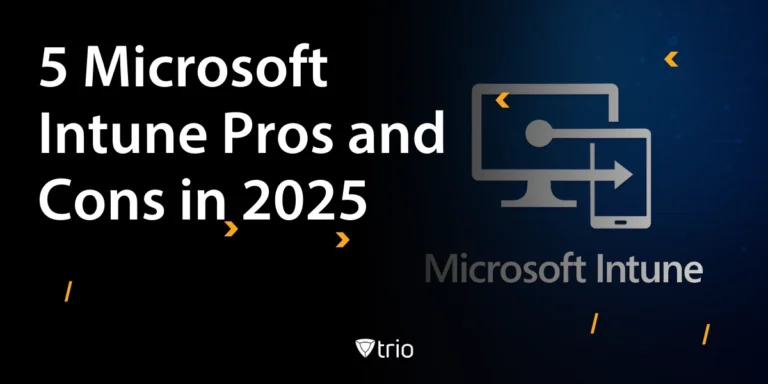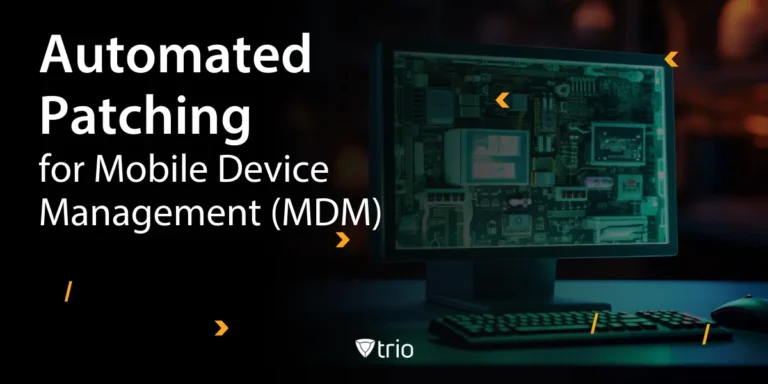Cyberattacks no longer resemble hooded figures typing furiously in dark basements. They’re now a refined, well-funded industry where hacking collectives continuously devise ways to infiltrate digital fortresses. Each network has unique weaknesses, and those vulnerabilities lead to consequences ranging from stolen data to massive financial loss. Understanding common infiltration methods and vulnerability management lays the groundwork for stronger defense strategies.
No single tool or tactic guarantees invincibility. Comprehensive security arises from combining reliable software patches, continuous employee awareness, and sound management policies. A small oversight might open the floodgates to a significant breach. By exploring critical areas—phishing, passwords, malware, vulnerabilities, social engineering, misconfigurations, and insider threats—organizations gain a clearer roadmap for warding off unauthorized access to computer systems.
1. Phishing Attacks
Attackers frequently rely on deception to gain unauthorized access to computer systems, putting valuable data at significant risk. For instance, phishing emails can impersonate a CEO or a friend, coaxing recipients to click malicious links. The rise of phone-based cons, or smishing attacks, only intensifies the threat. By luring unsuspecting individuals, these schemes exploit trust with unnerving ease. It’s like a carnival scam, except the prizes are stolen credentials.
One cunning technique involves redirecting web traffic to fake websites, also known as pharming. Those curious about how to prevent pharming attacks can begin by verifying URL spelling and utilizing protective tools like DNS filters. Firewalls, antivirus software, and spam filters add extra security layers. Even the savviest user benefits from careful vigilance when suspicious links appear.
2. Weak or Compromised Passwords
Passwords act as digital keys, yet many individuals prefer the equivalent of a flimsy skeleton key. This casual approach can result in unauthorized access through basic guesses or recycled credentials. Meanwhile, credential stuffing prevention measures are often overlooked, leaving even large organizations vulnerable. Attackers relish easy entry, especially when the same password repeats across multiple accounts. Short, predictable passphrases practically serve hackers on a silver platter.
Strong policies can stop repeated login attempts, which is central for preventing brute force attacks. Enforcing complexity requirements and limiting failed login attempts hampers automated cracking efforts. Password managers also reduce reliance on human memory, ensuring unique strings for every platform. Routine audits confirm that sensitive credentials remain hidden from prying eyes.

3. Malware Infections
Malicious software takes many forms, but each variety shares a common goal: infiltration. Some strains, such as spyware, operate silently to record keystrokes or monitor browsing habits. It’s a sobering reminder that unauthorized access is a threat or vulnerability capable of toppling even well-guarded networks. Neglected security patches, outdated software, or reckless downloads open the door wide for malicious code to enter.
The debate between anti-malware vs. antivirus solutions can create confusion. Essentially, antivirus tools focus on known viruses, while advanced anti-malware utilities detect a broader range of threats. Combined, they form a robust shield, scanning suspicious files and blocking malicious scripts. Regular updates and system scans enhance this barrier, catching potential intruders early in their attempts.
4. Software Vulnerabilities and Exploits
Attackers find cracks in unpatched software, leveraging bugs for nefarious activities. A remote code execution vulnerability allows unauthorized commands to run behind the scenes, delivering a direct path to data. Outdated plugins, unpatched frameworks, or neglected updates act like giant neon signs for intruders. Routine checkups often reveal that minor oversights can escalate into major breakdowns.
Establishing a thorough vulnerability management lifecycle means identifying, evaluating, and addressing every found weakness. This cycle extends beyond simple patch deployment, covering proper documentation and forward-looking prevention measures. Teams who track common vulnerabilities and exposures ensure that no known threat lingers within their systems. Frequent security assessments keep digital fortresses prepared for the next attempted breach.
5. Social Engineering
Social engineering capitalizes on human tendencies rather than technical flaws. Confidence tricks, impersonation, and manipulative calls all target gullible or hurried individuals. Building a strong human firewall fosters vigilance, transforming employees into the first line of defense. After all, even the best encryption crumbles if someone happily hands the keys to a stranger posing as a colleague.
Physical infiltration tactics often get overlooked, yet shoulder surfing in computer security settings remains surprisingly effective. One can watch an unsuspecting user typing a password in a café or simply observe confidential documents left in plain sight. Basic precautions, like positioning screens away from prying eyes, drastically reduce exposure. Even the friendliest coworker can be an accidental observer.
6. Misconfigured Access Controls
Many organizations fail to define unauthorized access accurately, leading to sloppy permission structures. For instance, open cloud storage or default admin credentials might seem convenient but create glaring backdoors. Clear policies and meticulous configuration block casual opportunists. Overlooking such housekeeping effectively grants intruders a VIP pass into private data, undermining even sophisticated defenses.
Attackers exploit misconfigurations by sneaking past login portals and firewall rules. Regular reviews of user privileges reveal hidden oversights, ensuring no one holds unwarranted authority. Revoking unnecessary access fosters a lean, secure environment. Properly segmented network zones also limit the damage if an intrusion occurs somewhere else in the system.

7. Insider Threats
A determined insider can bypass gatekeepers, so the question becomes how to prevent unauthorized access from within. Suspicious downloads, frequent policy violations, and unexplained file transfers often signal hidden problems. Not every internal breach is malicious, though careless mistakes can be just as dangerous. Transparent communication and thorough background checks reduce surprises behind the firewall.
Technology plays a key role in spotting warning signs. DLP tools monitor sensitive documents, blocking suspicious attempts to copy, move, or delete critical information. While some employees might feel watched, the system ultimately safeguards everyone’s interests. Logs and alerts help identify wrongdoing before it spirals out of control.
Trio: Your Ally Against Unauthorized Access
Unauthorized access thrives on overlooked vulnerabilities, especially within unmanaged devices. Trio Business, our comprehensive MDM solution, directly combats this threat by simplifying device deployment, enforcing security policies, and ensuring real-time monitoring. With features like automated patch management, devices remain consistently updated—shutting down common exploitation channels and reinforcing productivity without compromising security.
Additionally, Trio's remote device lock feature protects sensitive data instantly, even if devices are lost or stolen. SMBs that prioritize secure growth can leverage Trio to enhance compliance effortlessly. Curious about boosting your security posture? Experience the difference firsthand by trying our free demo and witness how Trio transforms vulnerability into strength.
Conclusion
Each method of unauthorized entry highlights the need for consistent vigilance. Phishing schemes, weak passwords, hidden malware, and misconfigurations all converge to undermine security. However, knowledge of these threats empowers businesses to implement the right defenses. A holistic strategy recognizes that people, processes, and technology must unite to protect vital resources from infiltration.
Future-proofing a network involves continuous learning, adaptation, and improvement. Every newly discovered exploit teaches a lesson in defense, while every near miss pushes security practices forward. By anticipating adversaries and forging robust protocols, organizations can thwart hidden threats. Success rests on a commitment to never assume safety is permanent but to continually refine protective measures.
Get Ahead of the Curve
Every organization today needs a solution to automate time-consuming tasks and strengthen security.
Without the right tools, manual processes drain resources and leave gaps in protection. Trio MDM is designed to solve this problem, automating key tasks, boosting security, and ensuring compliance with ease.
Don't let inefficiencies hold you back. Learn how Trio MDM can revolutionize your IT operations or request a free trial today!





